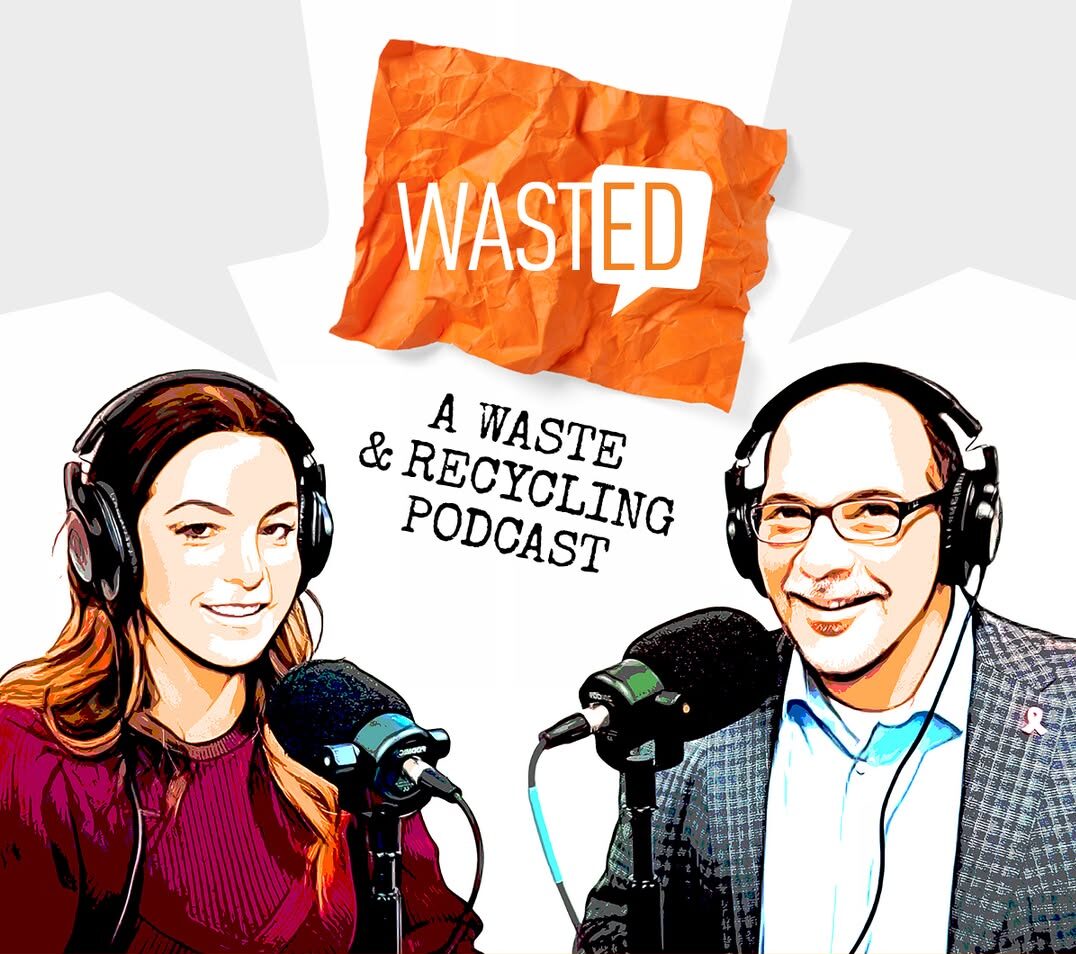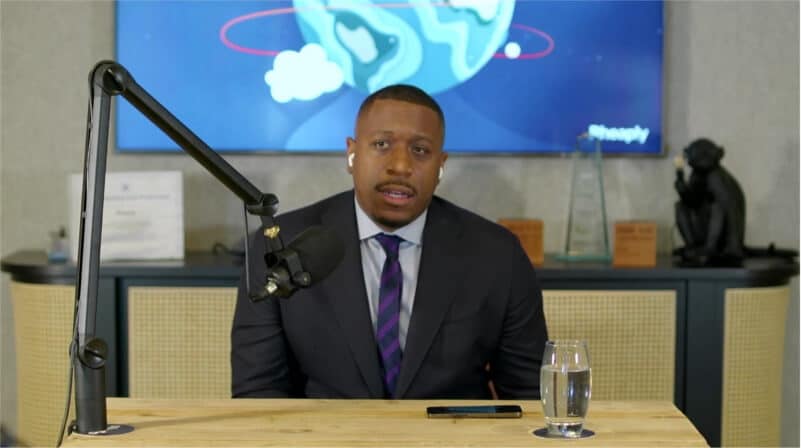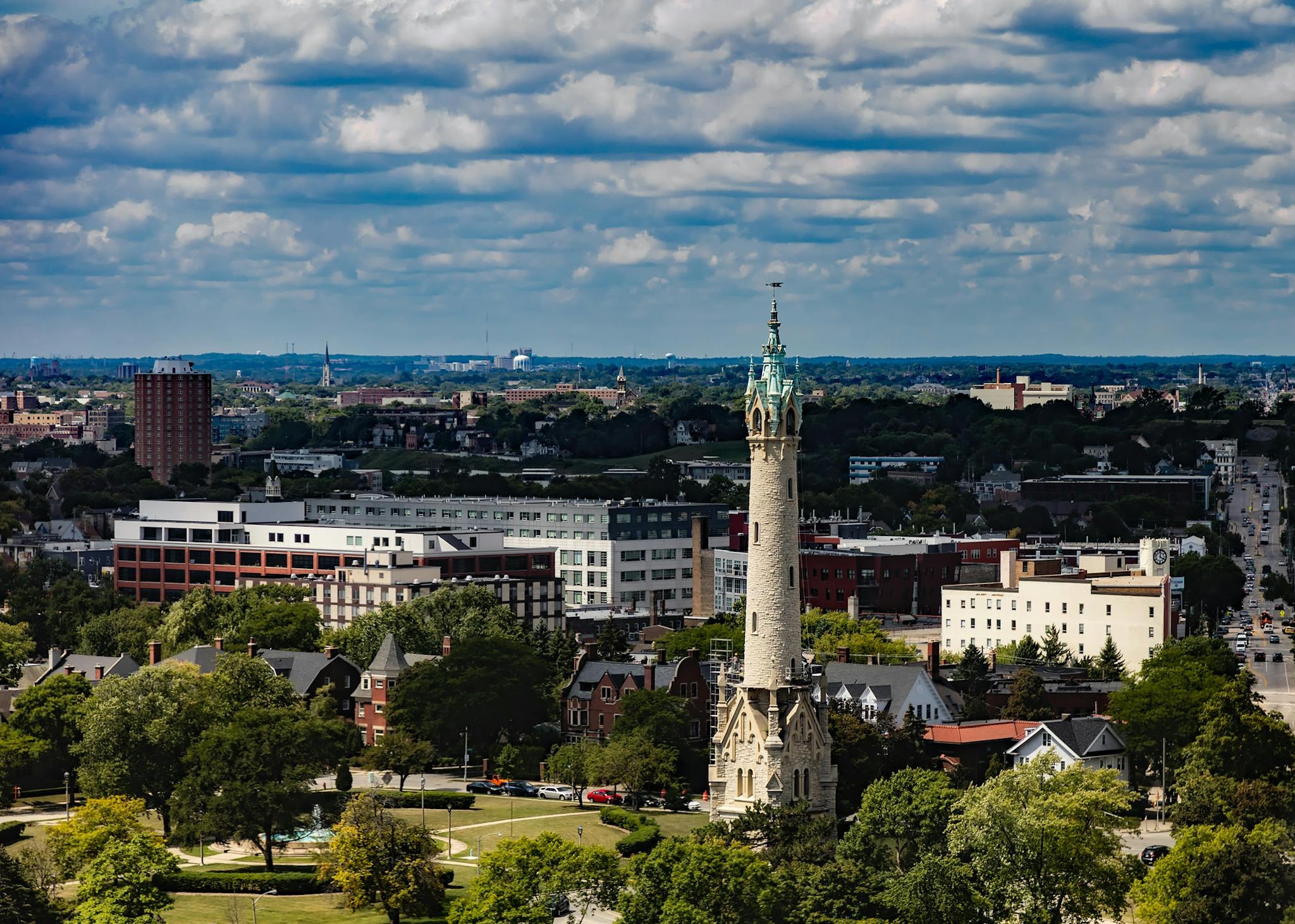(The following has been syndicated from Government Technology)
With more focus on climate change, emissions and carbon footprints in recent years, cities large and small have increasingly looked toward the concept of a “circular city” to help build frameworks to become more sustainable.
The idea of circular cities branches off of the circular economy concept. In short, a circular city eliminates waste by reusing and redistributing goods locally.
A practical example would be taking building materials from a deconstructed building on one side of the city to a new build site on the other side instead of shipping in new materials.
Cities are massive energy hogs, and big polluters despite their relatively small global footprints.
According to the Ellen MacArthur Foundation, cities take up 2 percent of landmass globally, yet consume 75 percent of natural resources and emit up to 60 percent of greenhouse gases. The Organisation for Economic Co-operation and Development estimates cities produce 80 percent of greenhouse gas emissions.
Rheaply, a Chicago-based startup, built a platform to help cities and agencies manage, track, purchase and distribute assets locally. This could help cut down on waste, emissions and help lower purchasing costs.
On this week’s “In Case You Missed It,” we spoke with Garry Cooper about the importance of sustainability, the potential cost savings of circular cities and how cities can prepare themselves for a low-waste future.
Audio Transcript:
The following interview was lightly edited for clarity and brevity:
Q: How did Rheaply come into fruition? What’s your origin story?
A: It’s probably one of those traditional founder stories where you see something and you think, “can there be a better way?” But about seven years ago, I was at Northwestern University, finishing up my PhD in neuroscience, and I happened to be in a really large laboratory. And I noticed that we had a lot of resources, physical things — microscopes, chemicals, PPE, that we weren’t using. Then I would go to lunch with friends who are in other labs, literally across the hallway. And they would say things like, “Man, I really need this equipment and that PPE.” And I connected the dots. I was like, “Wait, why aren’t we sharing the stuff that we’re not using, with people literally on the same floor doing the same kind of research? Who can make better use of it?”
So when I started asking that question, there was really no answer. So I got a cart, put stuff we no longer needed on this cart, pushed it around the floor and just started redistributing the things that we weren’t using. And that worked. And two, three years later, I wondered how can it work at scale? So that was kind of the birth of my problem statement at Rheaply, if you will. We were trying to build technology to help large organizations or employees in large organizations to share physical things so that they don’t throw them away, so that people don’t buy things that they shouldn’t have to buy.
Q: There’s a relevant term here that I think we need to define. What is a “circular city?” And how do you get cities to understand this concept?
A: It’s a great question. And I think actually, in some ways, it’s somewhat evolving. But the canonical definition of a circular city follows from a circular economy. Cities are just really great urban centers to kind of effectuate circularity. So really, it is a city or an urban center that has a regenerative economy. That is an economy where you are not throwing away things, and the things that we’ve used go into a cycle of reuse, recycle or refurbishment. And then it’s put back into the economy. So there’s no value leakage. And so that’s the kind of driving force behind a circular city, which is again a part of the larger idea of a circular economy. Can we make our whole global economy more regenerative? We think “yes,” and I think most people think “yes.” So then the question that we’ve always had at Rheaply is the how. How do you do that at scale? How do you do that in every city? And I think it’s been proven that we need technology to actually scale the how and so that’s what we’re trying to build at Rheaply.
Q: What are the resources that you help cities maximize today?
A: One of the things that we focus on most with cities are things that overrun their waste streams, right? Because if we can make cities more regenerative, not only do we boost economically the city, but we also help them meet their climate pledges and environmental strategies. So our focus with cities is around built environment material. For people who don’t know what built environment material is, that’s just the material that makes up buildings. So if you think about any building you’ve ever been in, whether it be the concrete, or steel, or wood, or plastic, those are the types of things that we’re most focused on. And [we’re focused on] helping cities reuse as many times as possible to keep out of both waste streams and even recycling systems.
It turns out those materials are extraordinarily carbon laden, meaning that there was a lot of carbon emitted in order to produce those materials. So if we can help reuse those materials locally, not only do we start to solve the waste problem, but we also get to solve a very central problem when it comes to carbon emissions and cities. And then, of course, these materials are expensive. So being able to build homes, being able to build buildings, is a little easier when all the supply chain is calm. So there’s a local resiliency when we focus on building materials, but there’s also this really interesting kind of carbon and waste diversion and reduction that we can do as a part of focusing on building environment materials.
Q: Could you describe the impact that you’ve seen occur with some of these agencies that you’ve helped?
A: In a couple of different flavors. One flavor is on the money saved, right? Because one of the big principles about circular economy or a circular city is that it’s first a better operating and business model — meaning at the end of the day, more money is in the system than leaking out of the system. So on the money side, two things. First, here in Chicago the work that we’ve done with the University of Chicago. The University of Chicago, after I think three days of being on Rheaply’s platform, saved something like $750,000. And so for a university, especially in these times, saving three quarters of a million dollars in a few days is something to behold.
And we’ve since grown our relationship with the University of Chicago and done that same thing in other universities. The other area where I think about money saving is actually at the community level. So just after COVID was really a thing that we all were focused on, I think somewhere around May 2020, Mayor Lightfoot here in Chicago reached out to Rheaply and asked if we could help create a marketplace where we can share locally sourced PPE material. And as it turns out, back in those days you couldn’t find PPE at your Walgreens or on Amazon because of supply chain issues. Meanwhile, there are people making hand sanitizer, face shields here in the city. So we used our technology to connect small businesses and nonprofits — who needed to get that PPE for safe reopening — to local vendors who had that PPE to sell. And in 60 days we did something like 200,000 transactions of PPE across 50 suppliers and about 2,500 small businesses and nonprofits in Chicago.
So in both those cases, you can see money being either saved by an organization because they’re not double procuring or you can see new economic opportunity created because you’re localizing commerce and you’re localizing supply chain. So we like to think about, on the money side, not just cost savings but new economic opportunity being created.
Q: Have you seen an opportunity for agencies to start working together to better use their resources collectively?
A: Absolutely. We’ve seen it in San Francisco, which is a partner of ours. We’ve also seen it a little bit at the federal government. But again, as we get out of the cloudy years of the COVID reality, there’s another reality that governments have to think about. Like budgeting. Maybe all the different departments can’t buy the same doodad, the same piece of equipment, over and over and over again. Maybe a better system is to use taxpayer money more smartly, and buy one of those doodads, but then allow visibility to this piece of equipment across the government basis so that when it’s not being used by the person who originally bought it, it could be used for some time by another person in that same government.
And so the idea of resource sharing shouldn’t be remanded to just the citizenry of the city, it should be also something that the local government itself is doing to maximize the dollars that taxpayers pay in order to operationalize governments. But also, it’s just a smarter way to run any type of organization. No CEO ever in the history of the world wants to buy two things where they can buy one. But if you have silos, if you have unconnected people, that’s happening unwittingly. And so one of the most important things about what we do at Rheaply is we break those silos down digitally. So someone in procurement has, you know, 10 chairs or a piece of equipment that they aren’t using. Maybe someone in streets can use that same piece of equipment or those chairs instead of buying new ones. That’s a net savings in costs, carbon and waste. It’s just a better way to run both the government and a community, in our opinion.
Q: What’s on the horizon for Rheaply? What are you guys, you know, going to be up to in the near future that we should know about?
A: I’m very excited about our 50 cities plan. So over the next two years, Rheaply is going to go to 50 cities in the United States and work with either the mayor, the deputy mayor, the chief sustainability officer, or the chief resilience officer, and set up reuse programs, so that if I’m building a building on the north side of town, I potentially can use materials from a building that was deconstructed on the south side of town. If I live in a low-income area, or as a small business owner, maybe I run a T-shirt shop or a barber shop or a law firm — instead of having to buy new nice furniture, I can get that from a corporate office, who would have been liquidating or actually incinerating that equipment.
Rheaply is going to be doing that with 50 cities over the next two years, and we’re going to mostly be doing it at no cost to the city. We’re looking to work with these cities to partner with them. We know they all have very aggressive 2030 climate plans. And we want to help them actually reach their carbon and waste goals by being their dominant partner when it comes to reuse. That’s kind of one thing that I can say that I’m really, really excited about. We know there’s such an emphasis in some cities around recycling. And we think there needs to be that same emphasis locally and with local partners around reuse. And so we’re looking to do that over the next couple of years. And we’re gonna be announcing that very shortly.
- Description
- Transcript



 by Derek Doeing
by Derek Doeing 